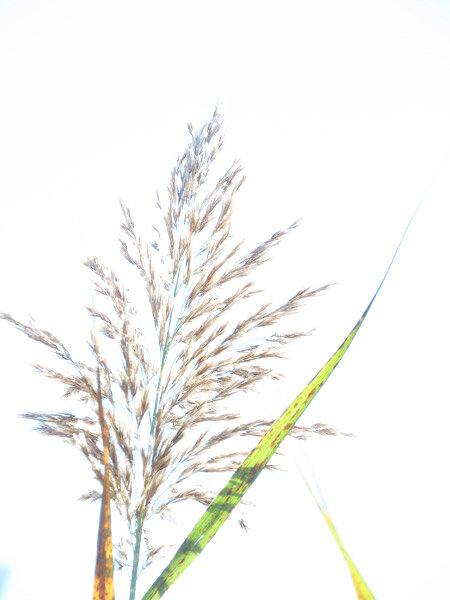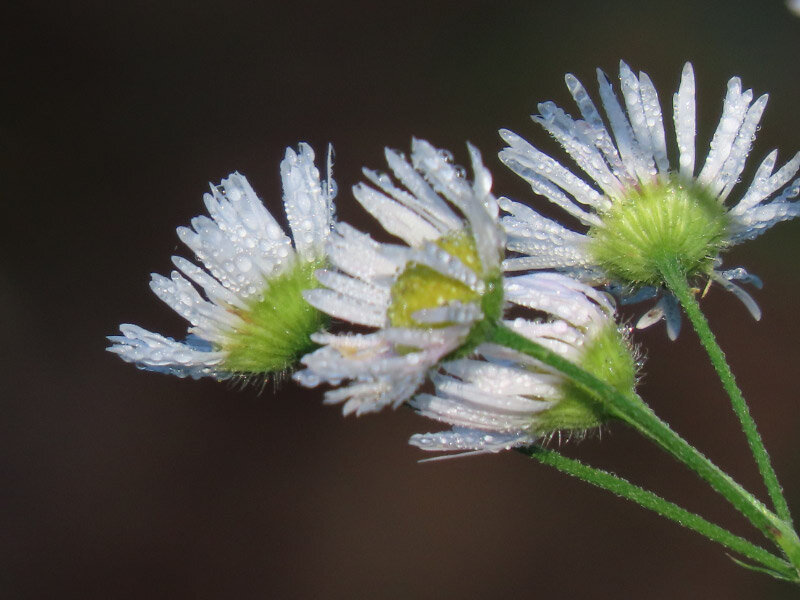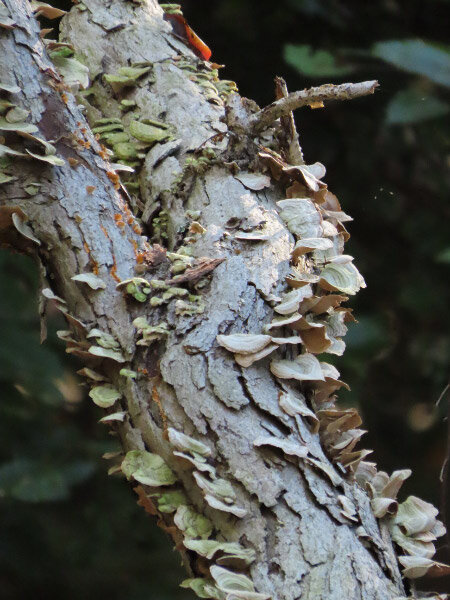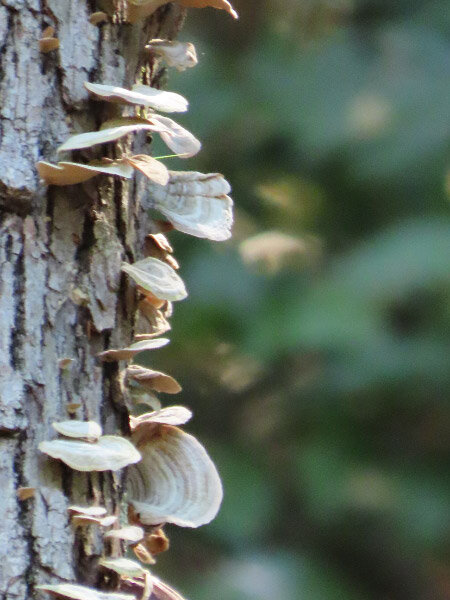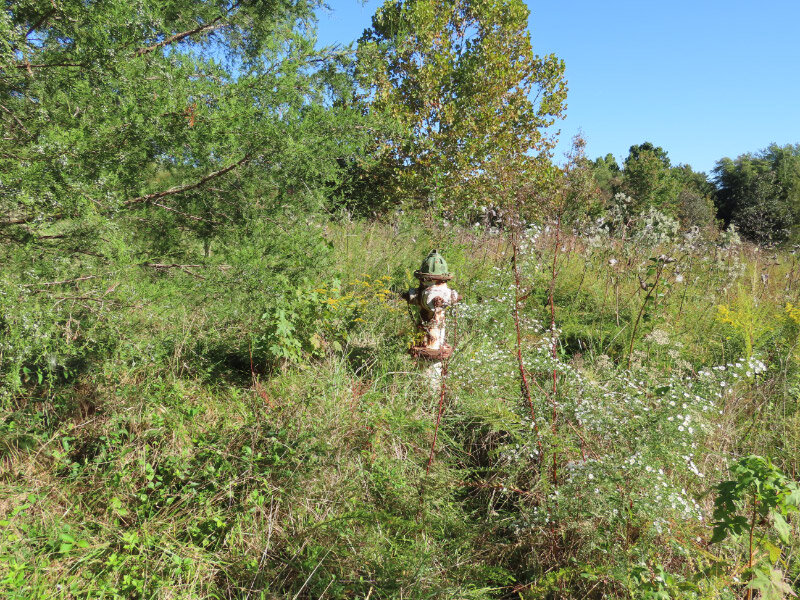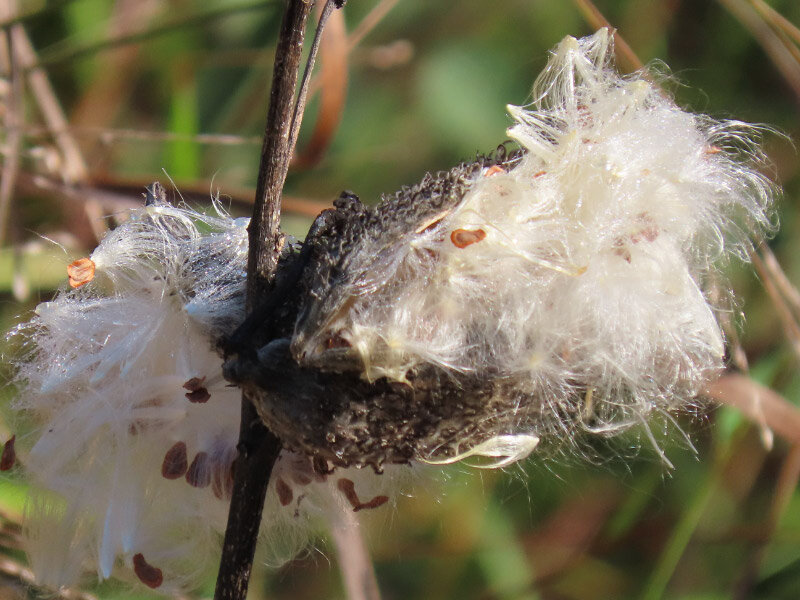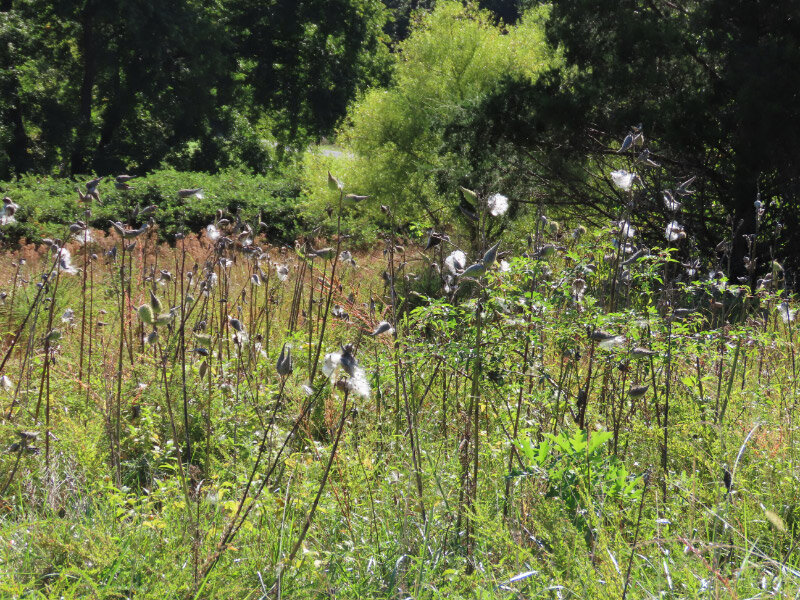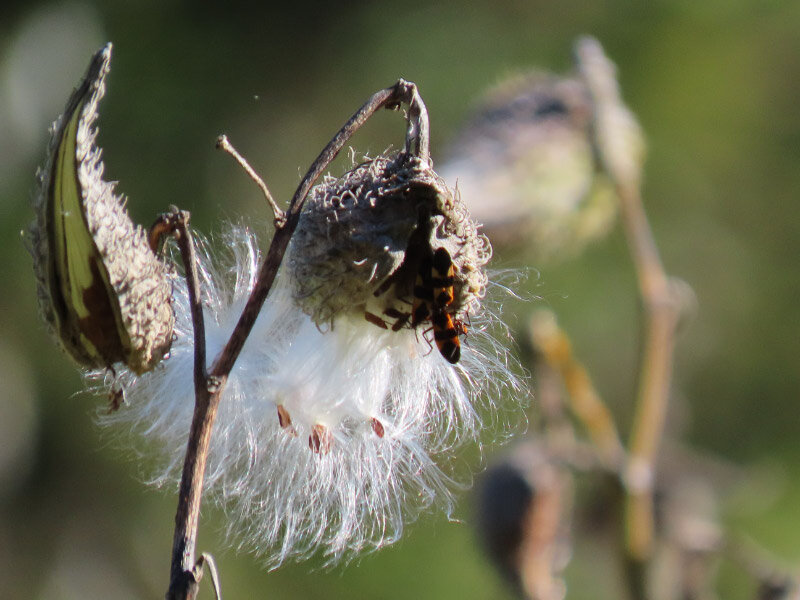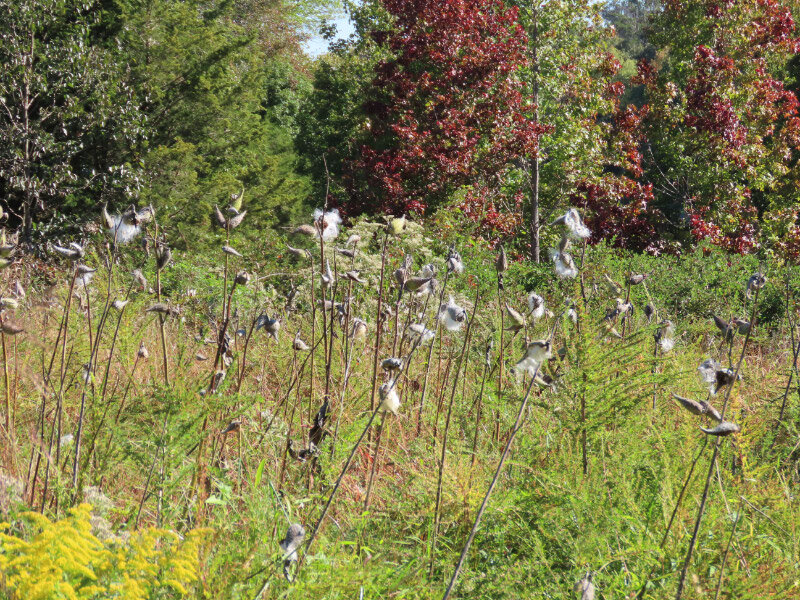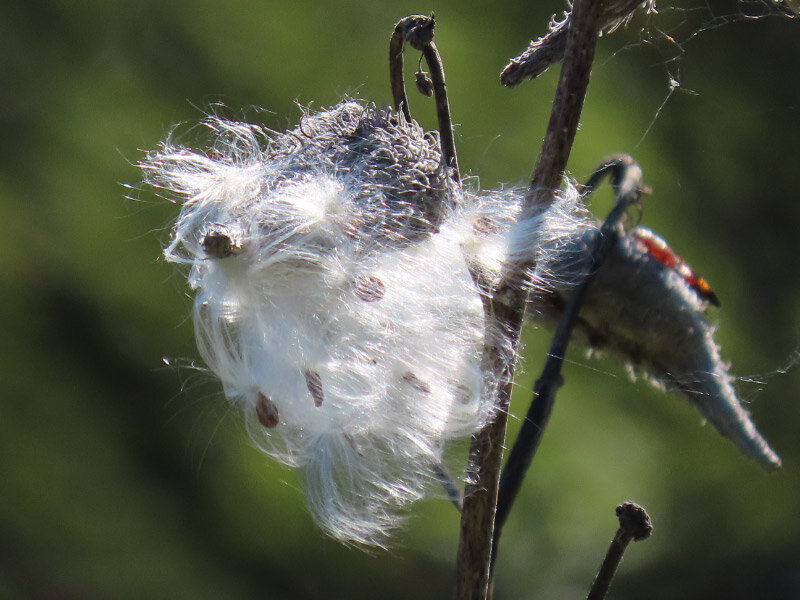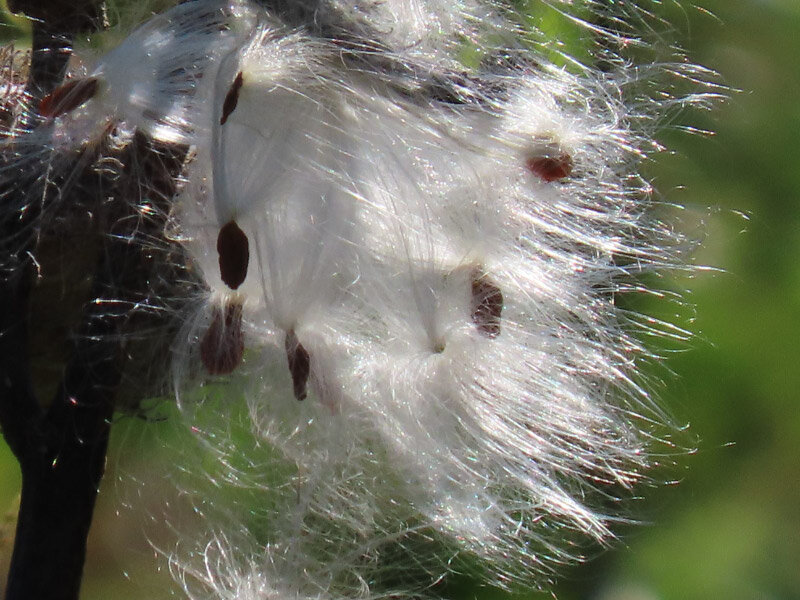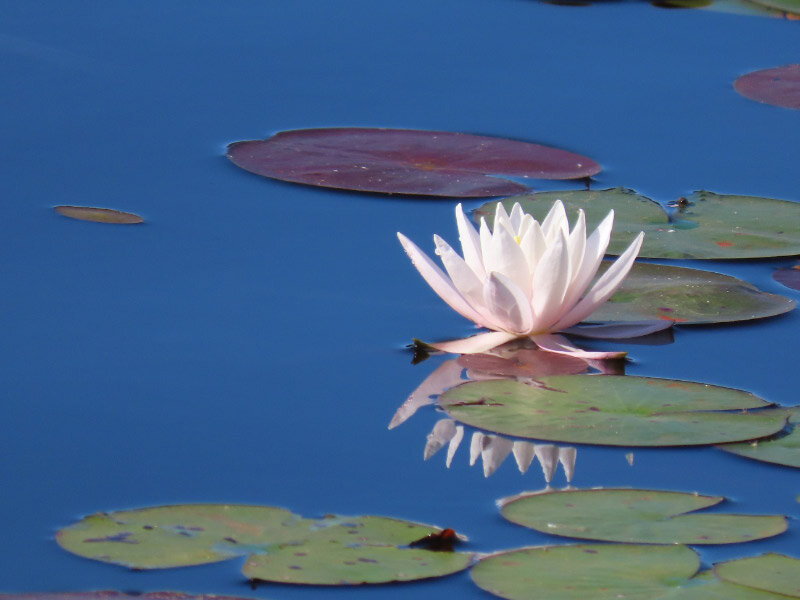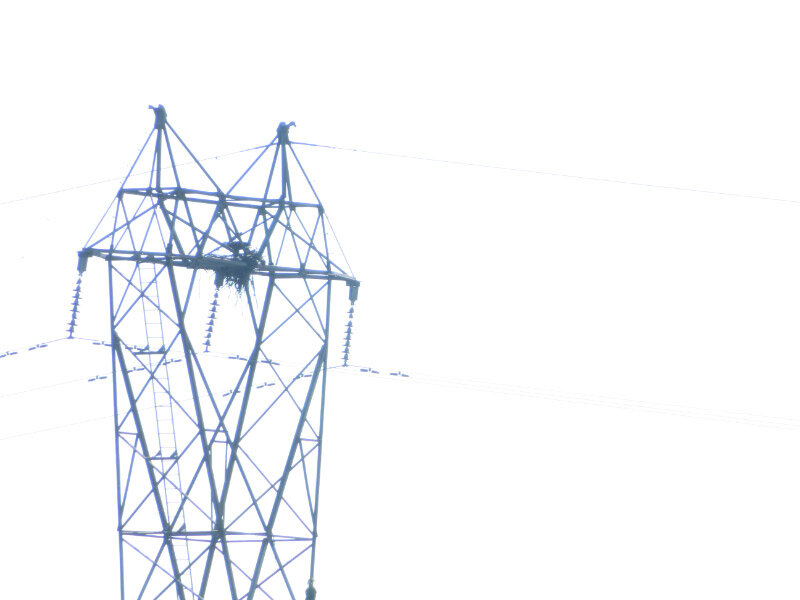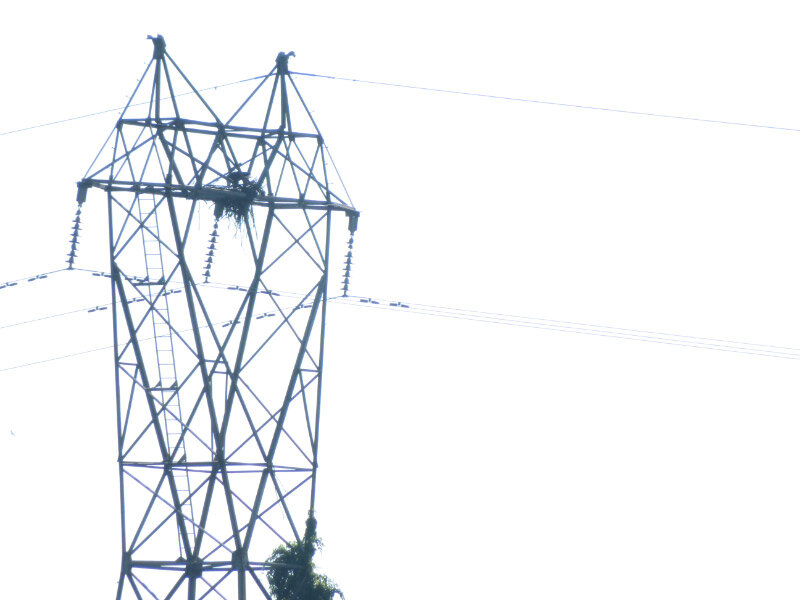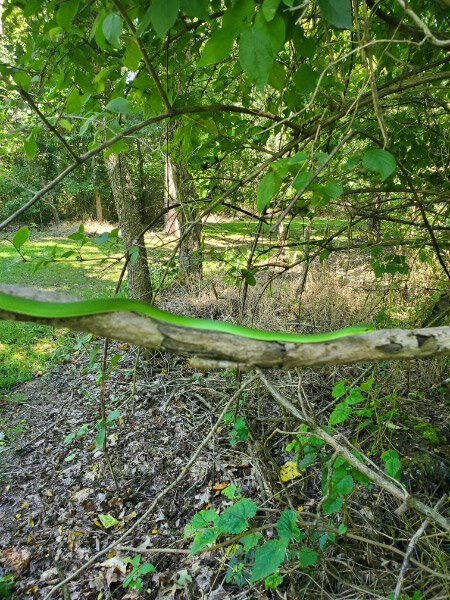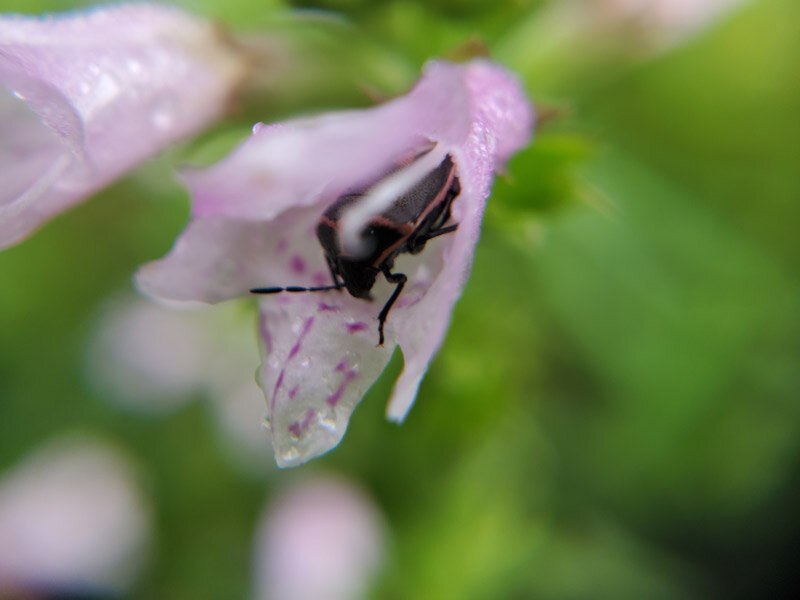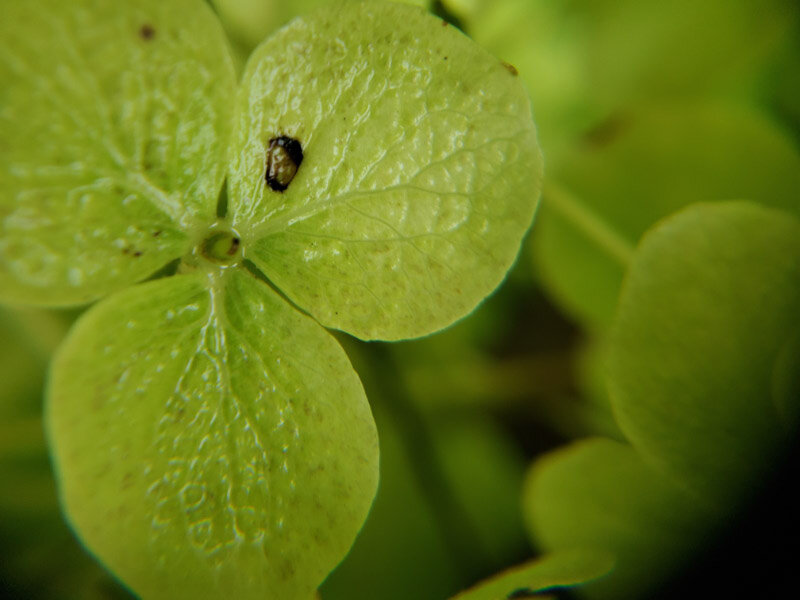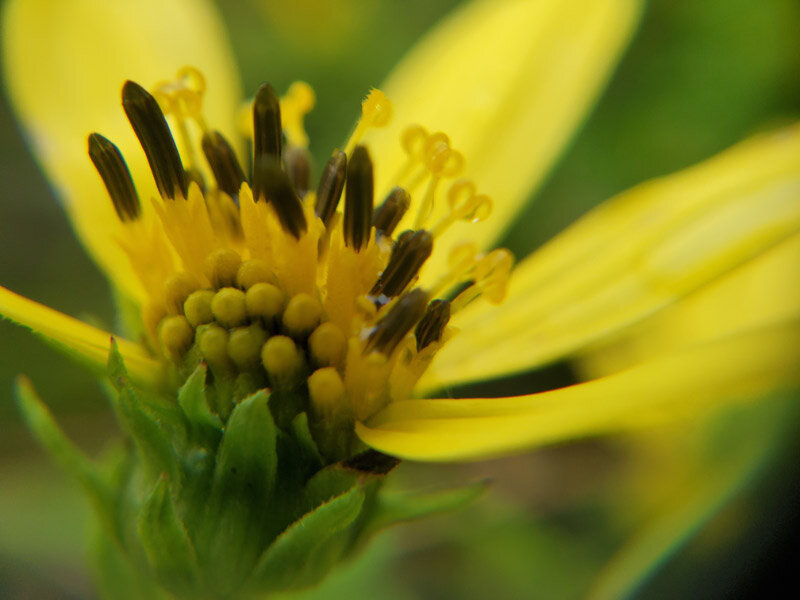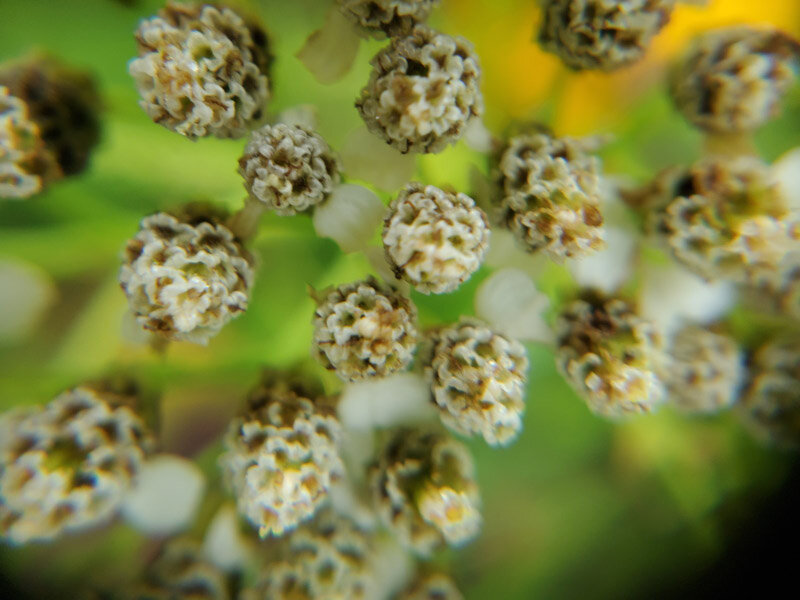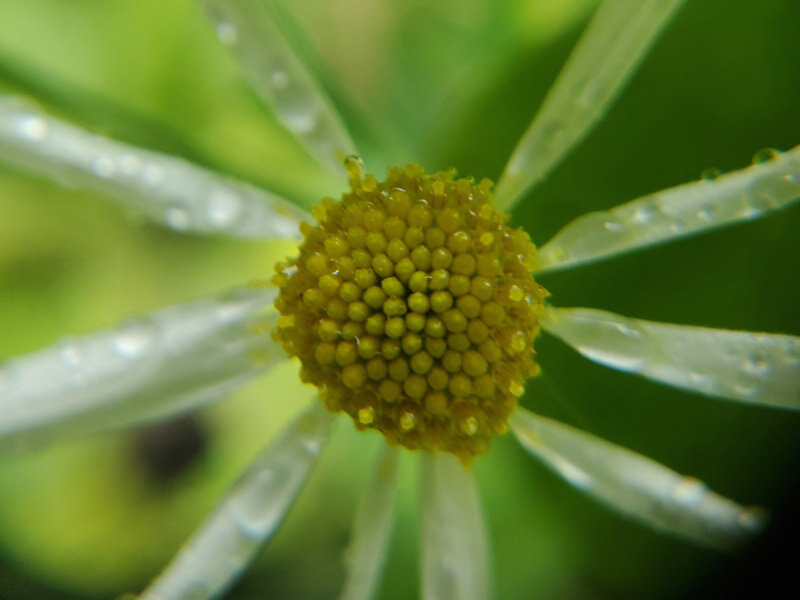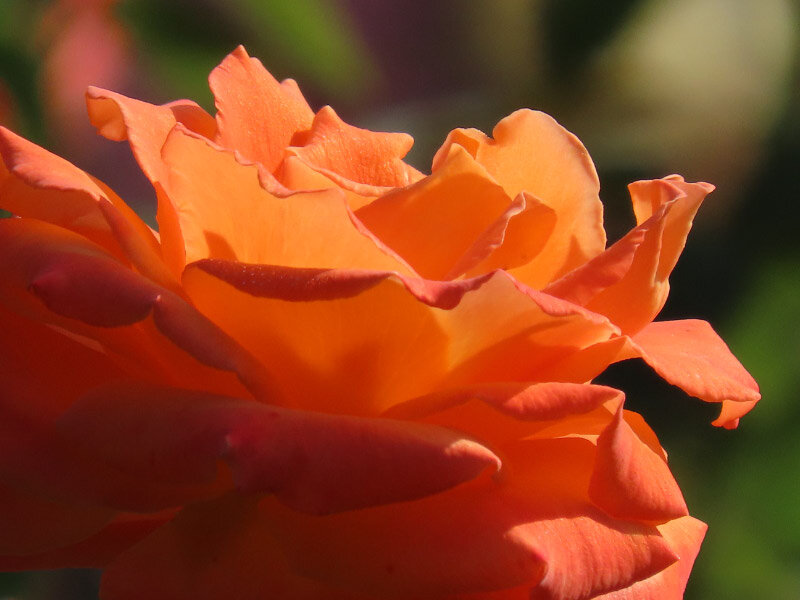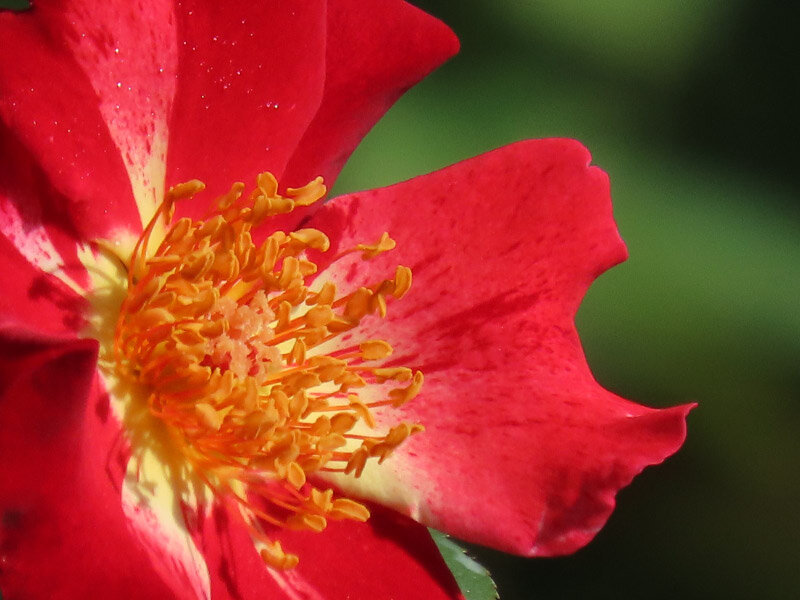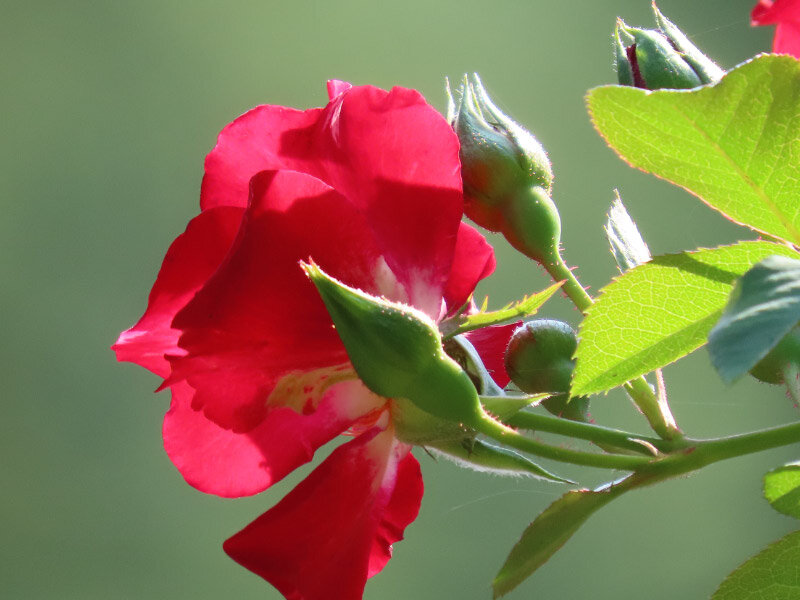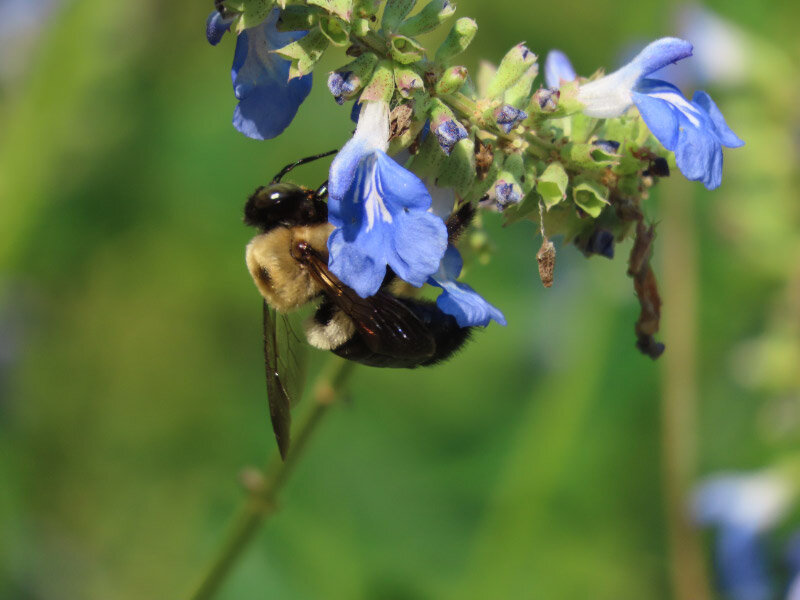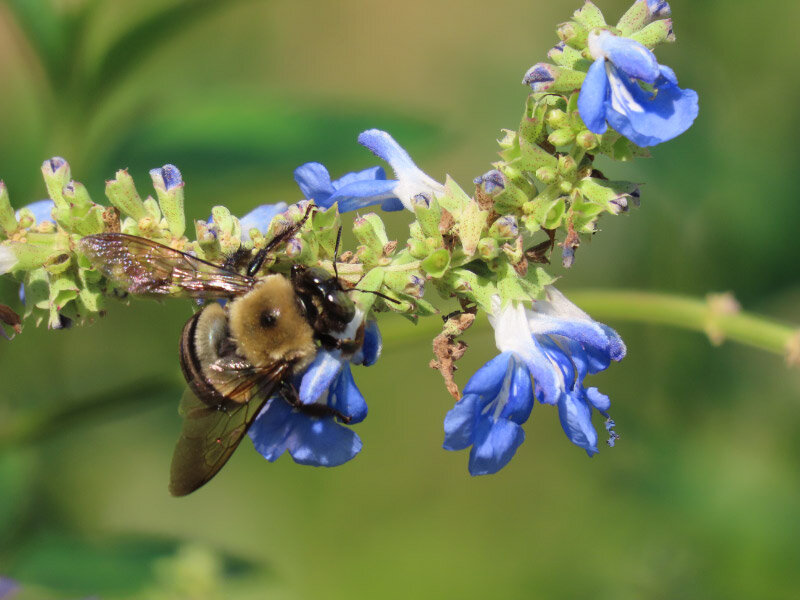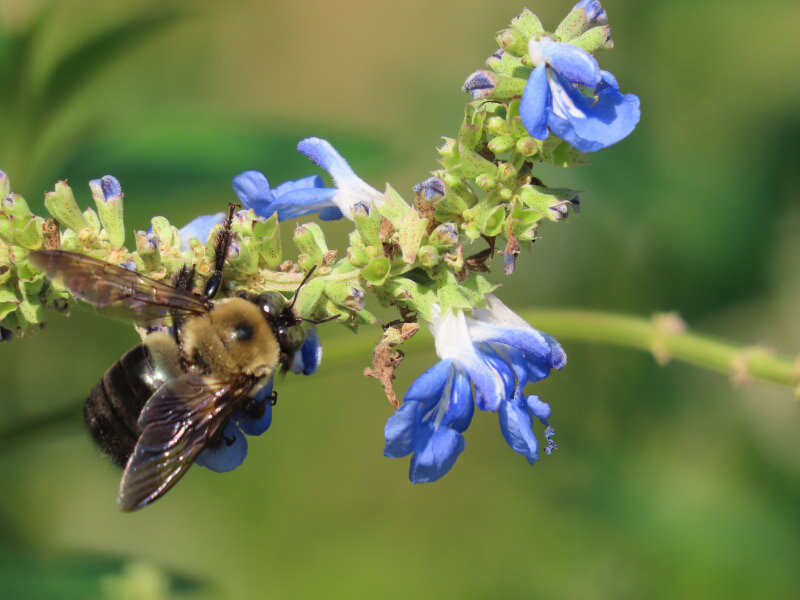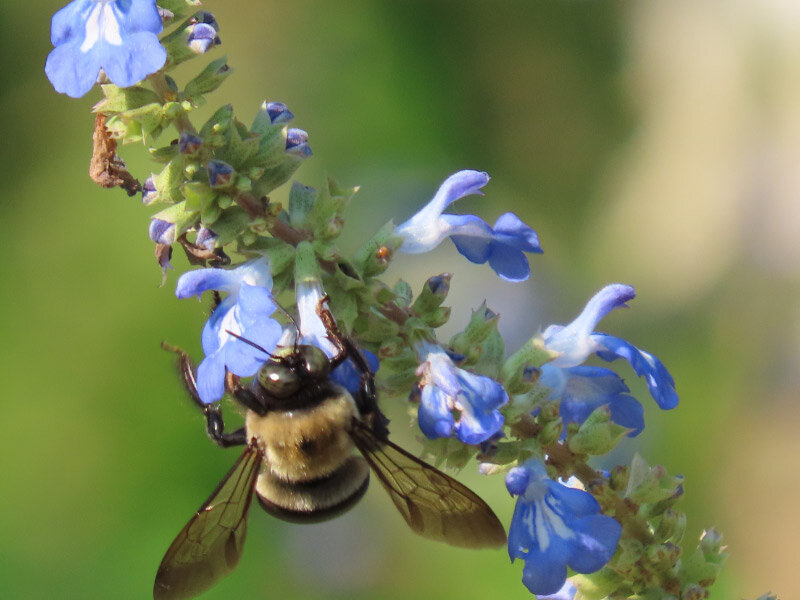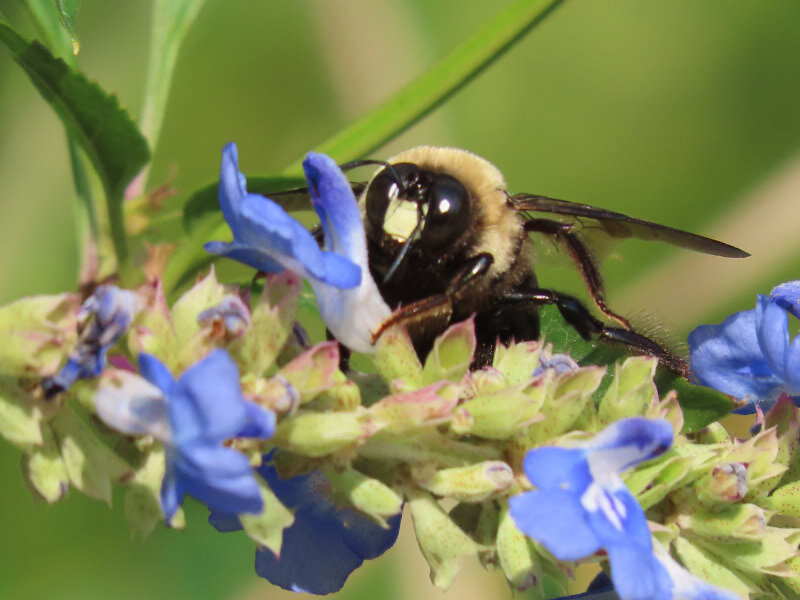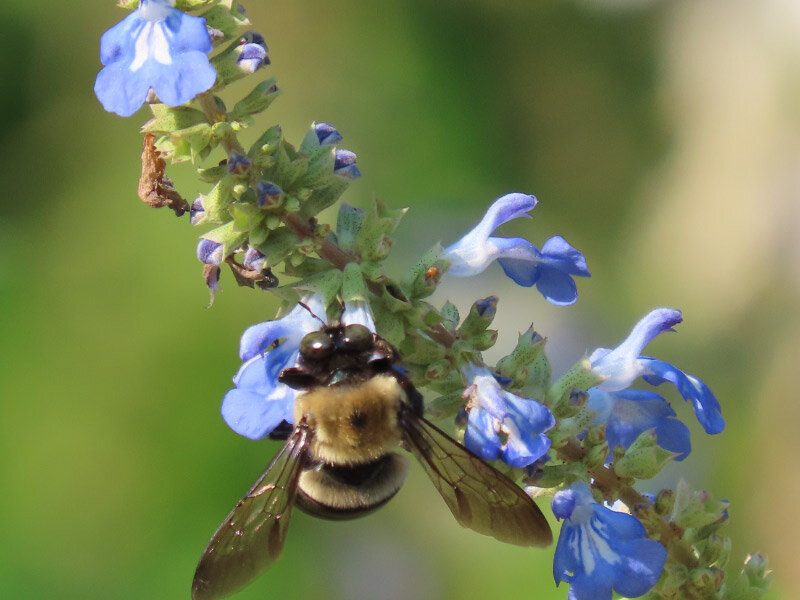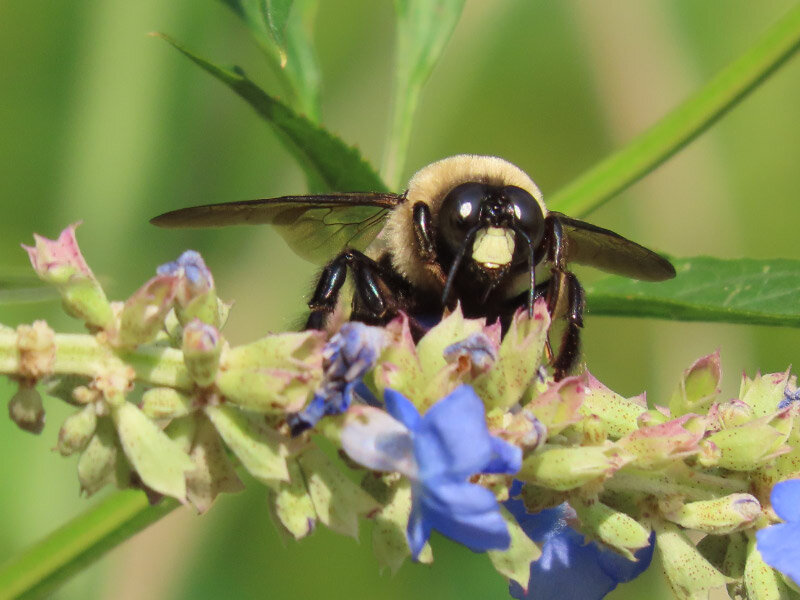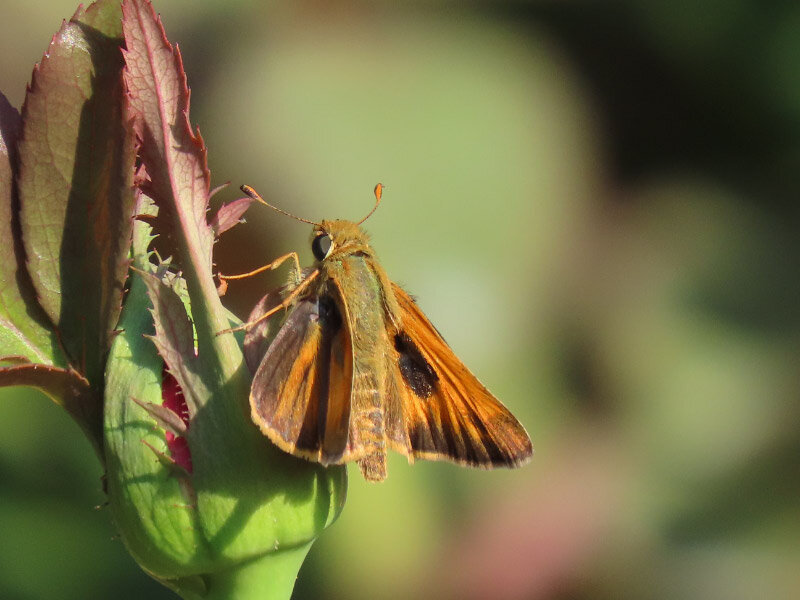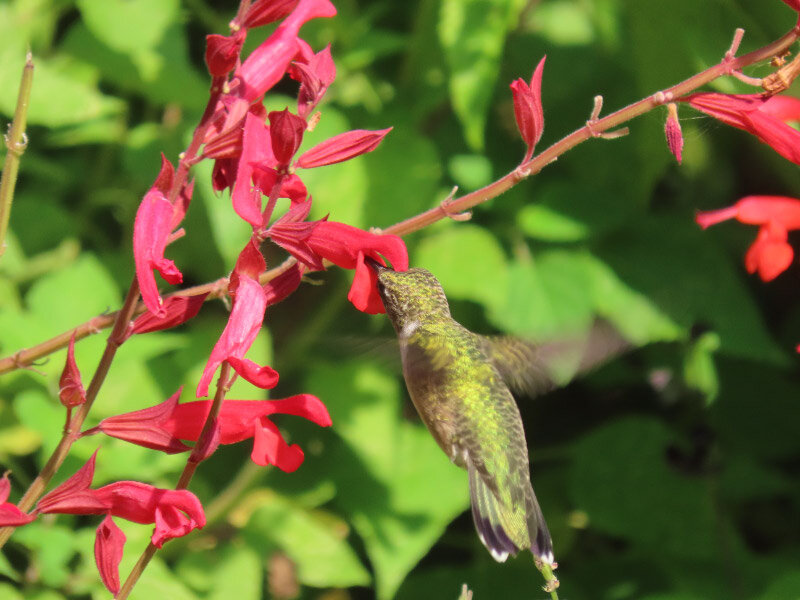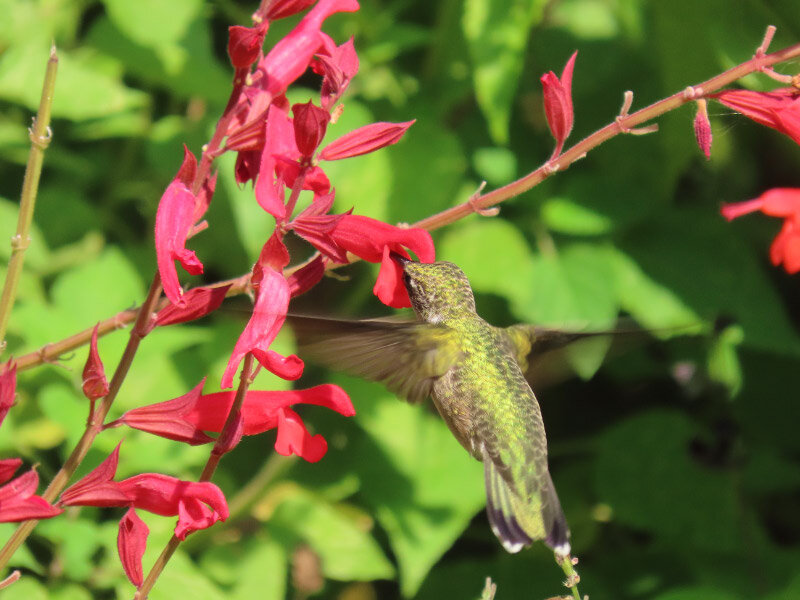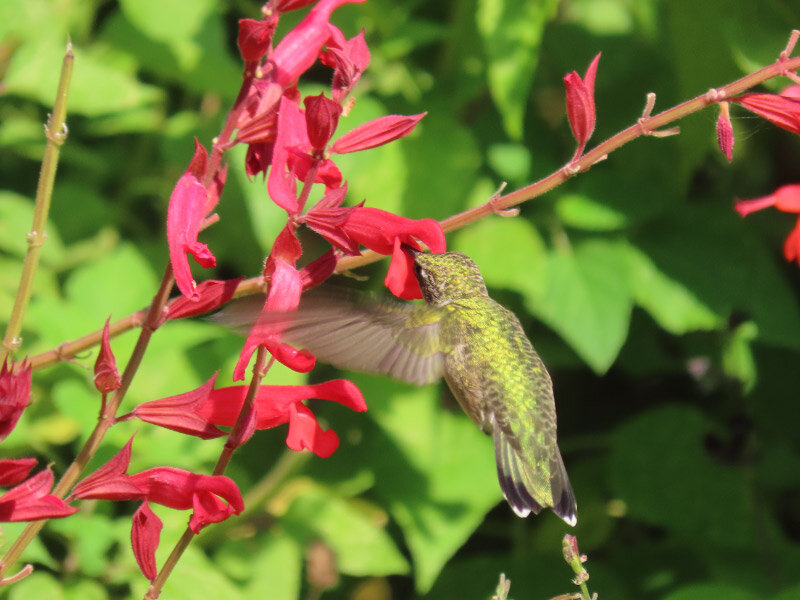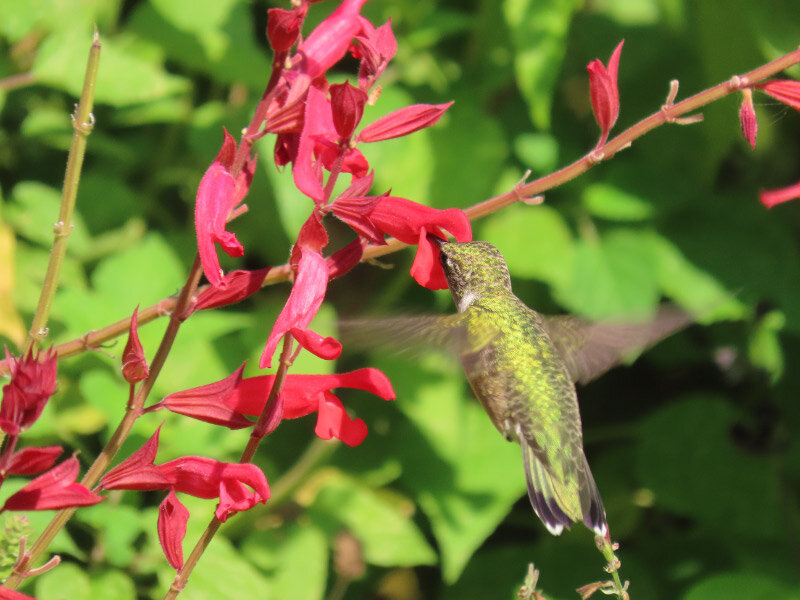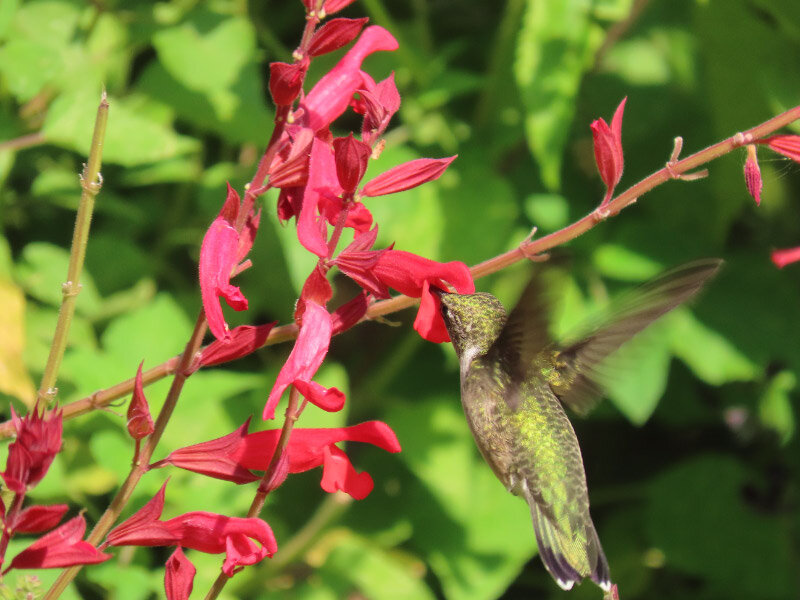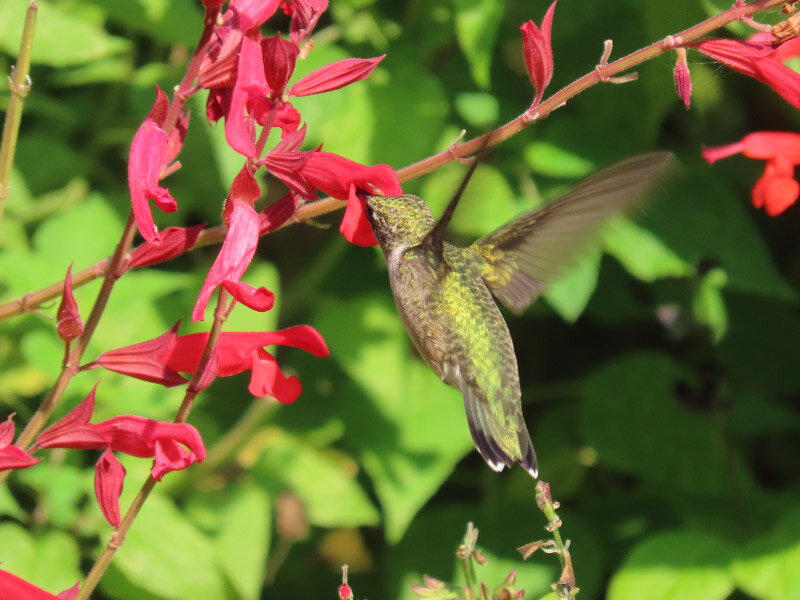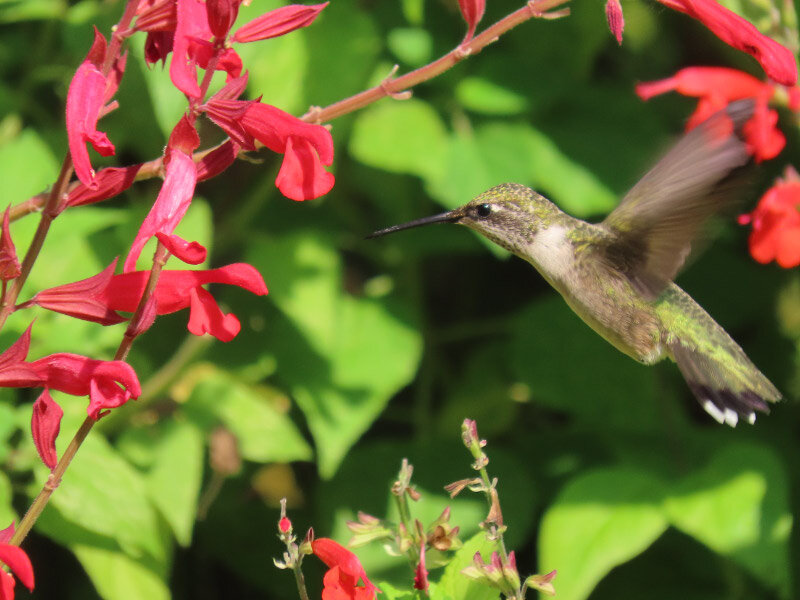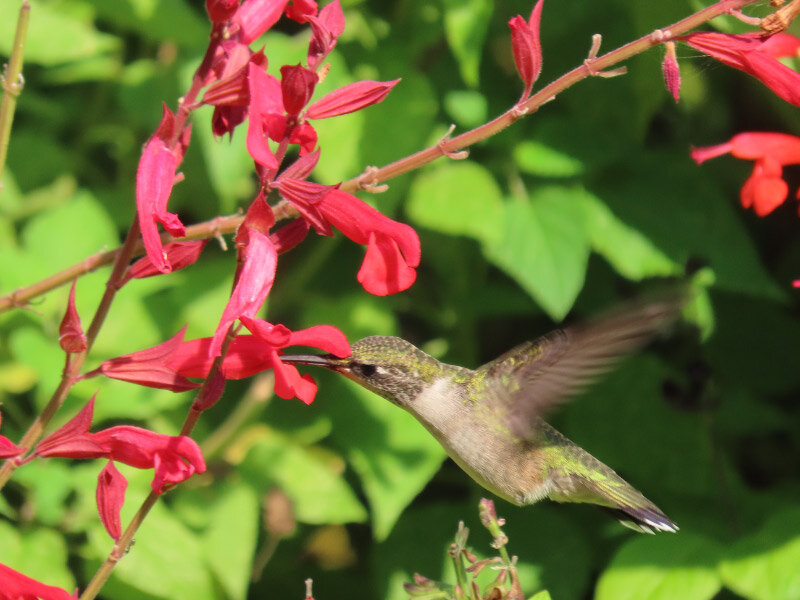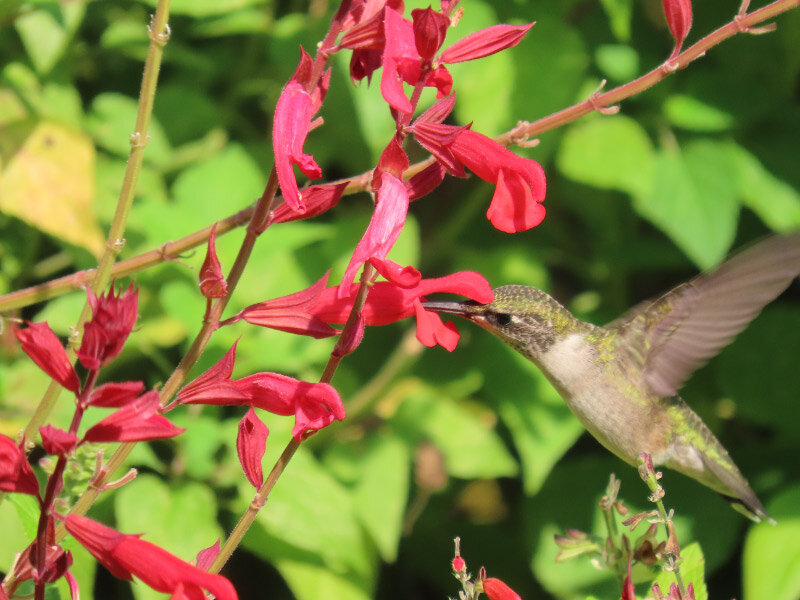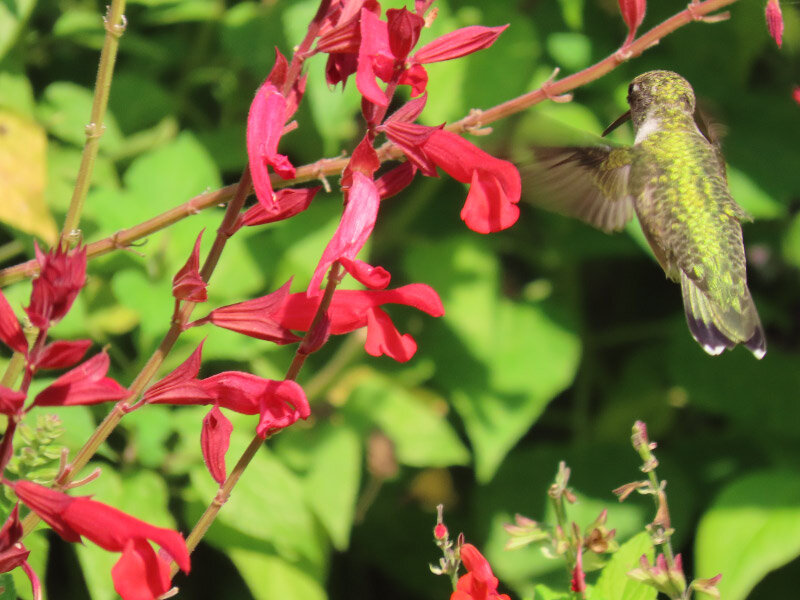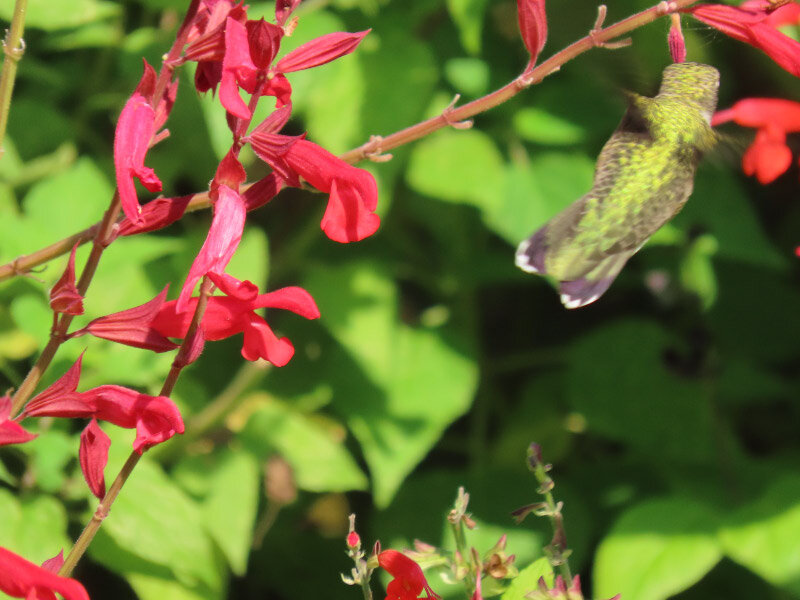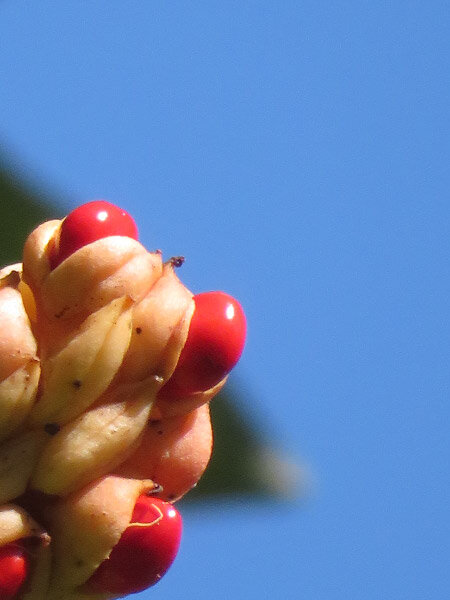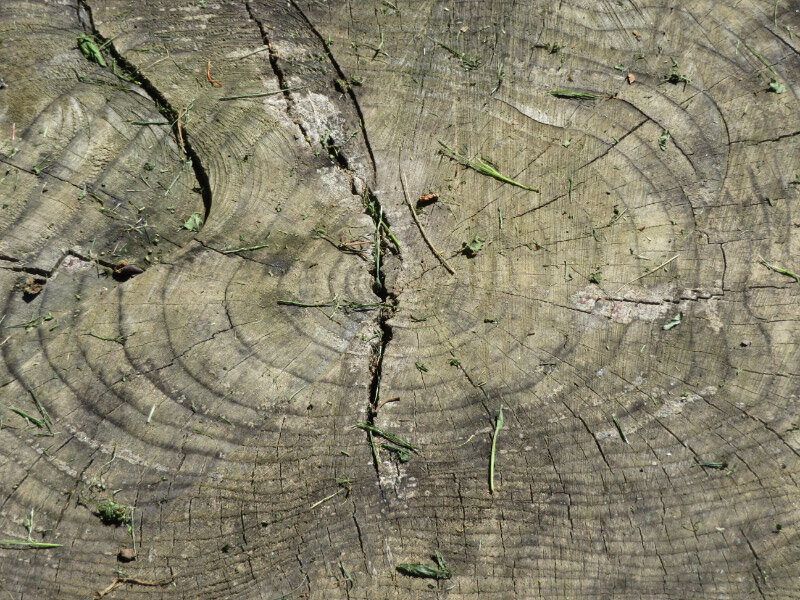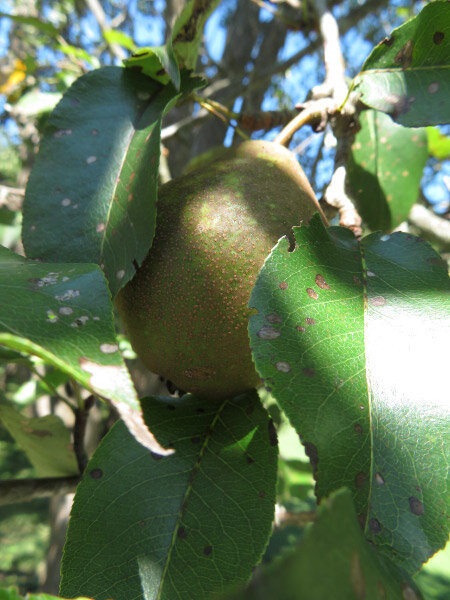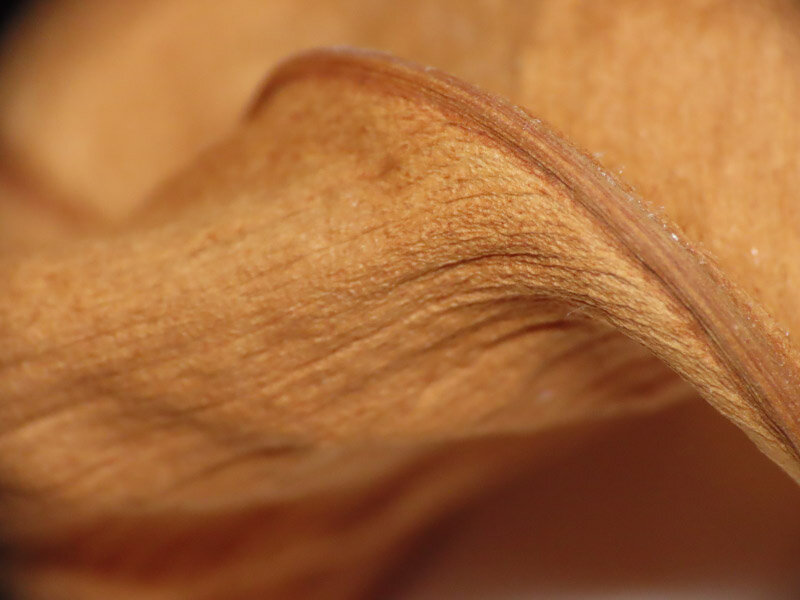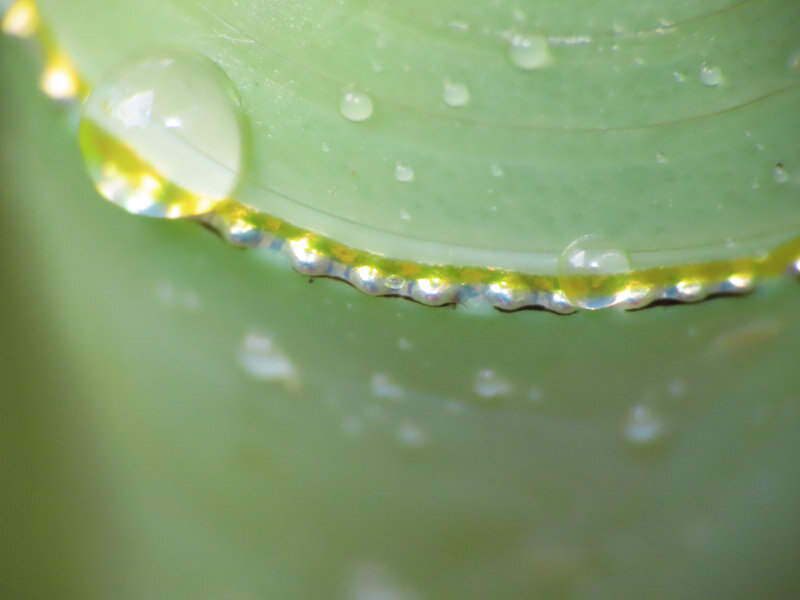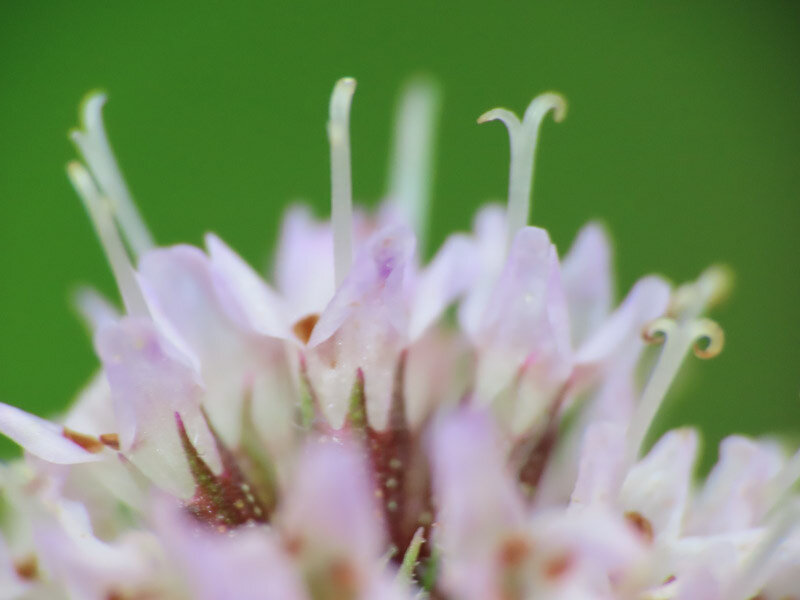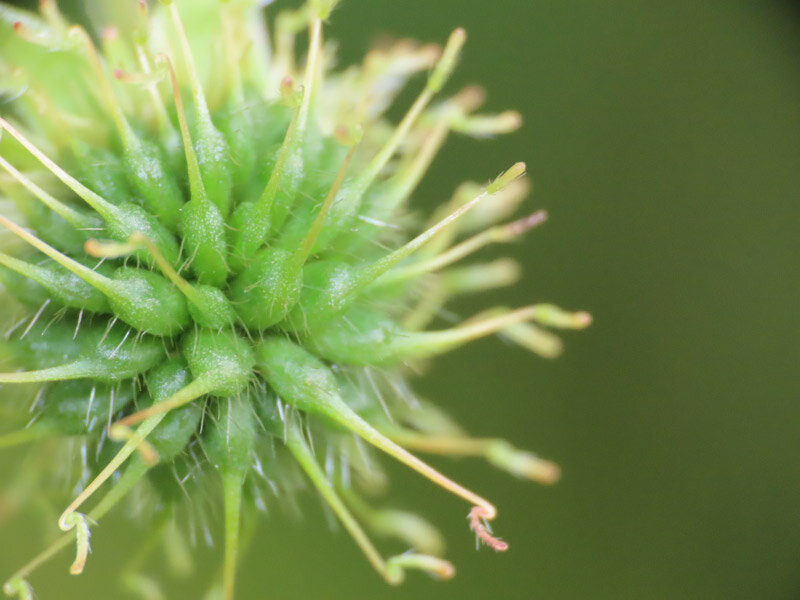Gleanings of the Week Ending October 9, 2021
/The items below were ‘the cream’ of the articles and websites I found this past week. Click on the light green text to look at the article.
Earth is dimming due to climate change – Decades of measurements of earthshine indicate that the Earth is becoming less reflective with warmer oceans (and fewer bright clouds).
Kilauea Resumes Eruptions At Hawai'i Volcanoes National Park – Exciting times on the big island…
In UK, Interest in EVs Spikes Amid Fuel Shortages – There have been stories about Ford and GM strategy recently too….lots of indicators that many people will be buying EVs sooner rather than later if enough are produced.
NASA lander records the largest ‘Marsquakes’ ever detected – The lander has been on the surface since 2018!
Dental care: The best, worst and unproven tools to care for your teeth – Hmm….I wonder how much this research will change what dentists advise?
Baby Poo Has Ten Times More Microplastics Than Adult Feces – A scary result…and no ideas on how to reduce exposure (and we don’t know exactly what harms it might cause)….just more research needed. Very frustrating.
Coastal Northeastern US is a global warming hotspot; 2 degrees Celsius of summer warming has already occurred – From Maine to Delaware…the area is warming faster because of climate change linked alterations in the ocean and atmospheric conditions of the North Atlantic.
2021 Nature Conservancy Photo Contest Winners Highlight Global Wildlife and Nature – Beautiful…and thought provoking. My favorite was the artsy one at the end…a high key image.
Paradigm shift in treatment of type 2 diabetes to focus on weight loss – There are probably other chronic ‘diseases’ that have become more prevalent over the past few decades that could be improved with weight loss….but it is hard to lose weight…and keep it off. It requires permanent lifestyle changes.
A Leisurely Trip to Kansas – Another post that includes pictures of a rough green snake. I’ve been on the lookout for them since my son-in-law sent a photo he took with his phone!

